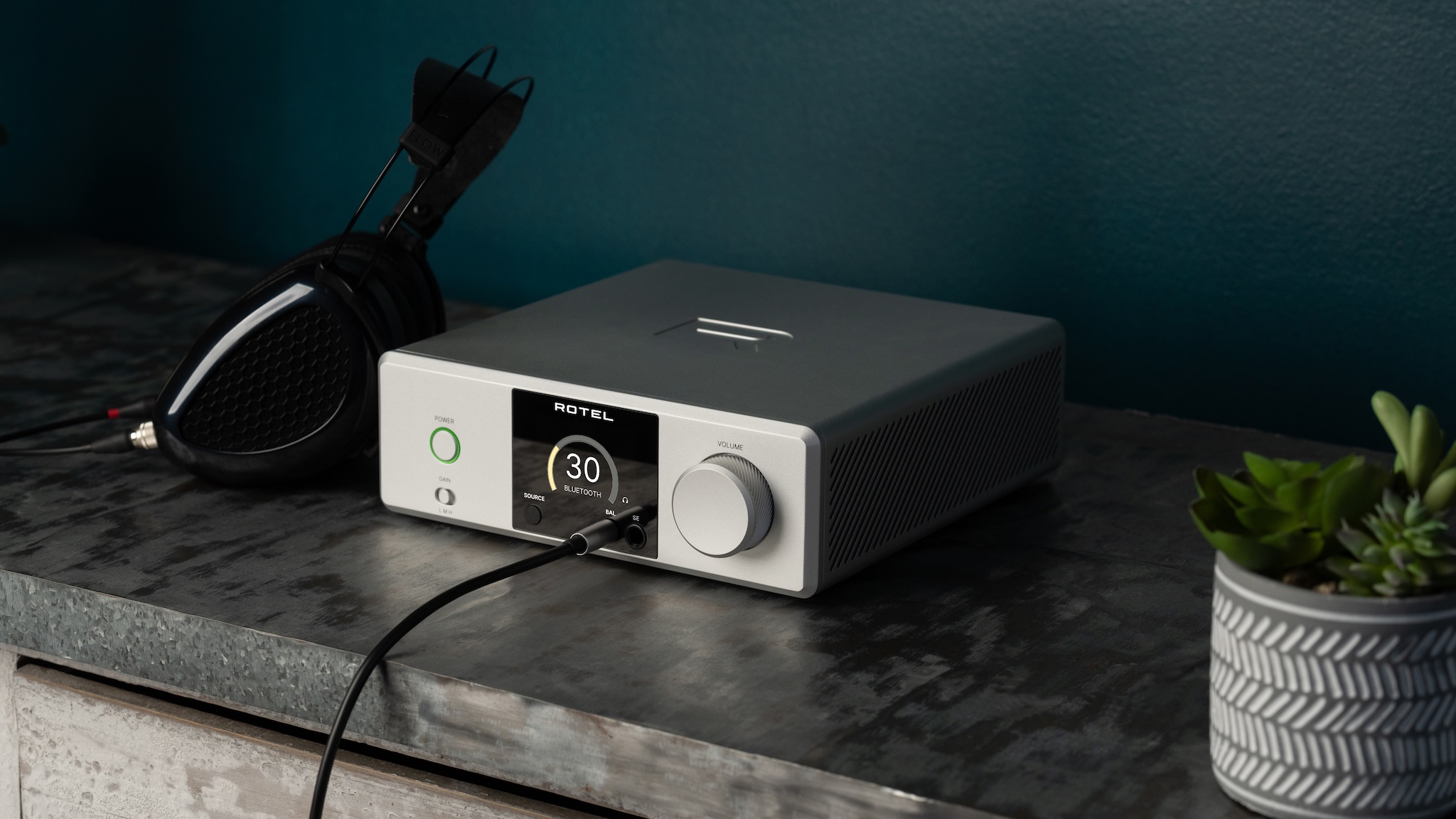Amazon's Starlink rival is ready for lift-off next week –and promises to deliver satellite broadband 'later this year'
Amazon's first Project Kuiper satellites are launching next week – and that's a big moment in its space broadband battle with Starlink.
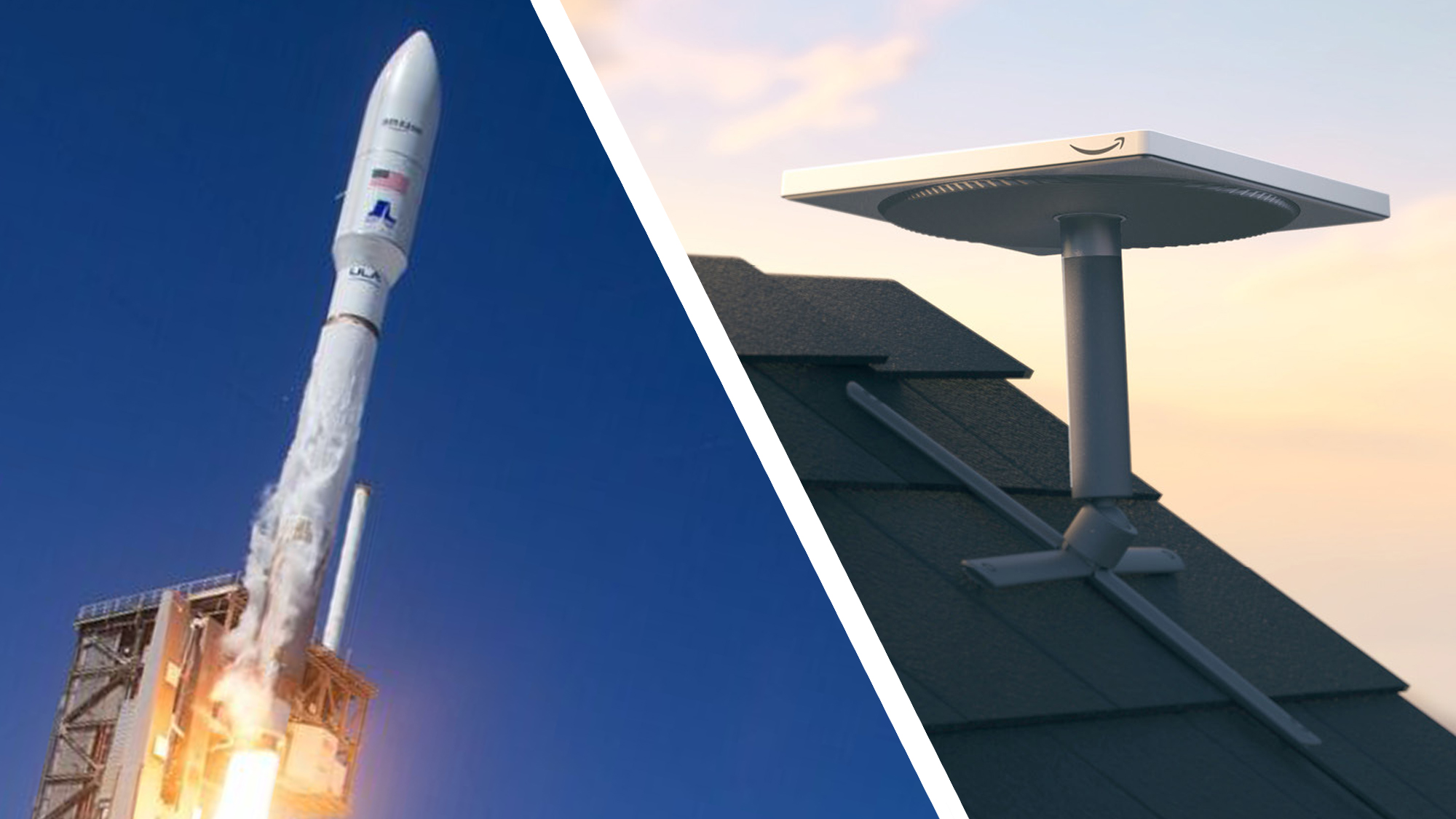
- Amazon is launching its first Project Kuiper satellites on April 9
- They're the first step in its plan to offer a new satellite broadband service
- Project Kuiper will launch "later this year" to take on Starlink
The new space race, where tech giants battle to offer us high-speed internet from low-earth orbit, is heating up – Amazon has just announced that its first Project Kuiper satellites will be launching next week to take on Starlink.
The launch of 27 satellites – the first of around 3,200 that Amazon will blast into space – is scheduled to take place at 12pm ET on April 9, weather permitting. More importantly for anyone who's pinning their hopes on satellite-based broadband solving their dead zones, Amazon says "we expect to begin delivering service to customers later this year".
Like the Starlink satellites launched by SpaceX, Amazon's system will be a worldwide service. The tech giant says Project Kuiper "will deliver high-speed, low-latency internet to virtually any location on the planet". It hasn't revealed how long it'll take to get its 3,200 low-earth orbit satellites into space, but says the process will involve 80 launches – and that its satellite internet will be available before the end of 2025.
Amazon sent two prototype satellites into space in October 2023, but says the new KA-01 (or Kuiper Atlas 1) models that are launching on an Atlas V rocket next week are a "significant upgrade" on those, with better antennas, processors and more. They've also apparently been coated in a unique "dielectric mirror film" to make them less of a visible eyesore to earth-based astronomers.
How fast will its broadband be?
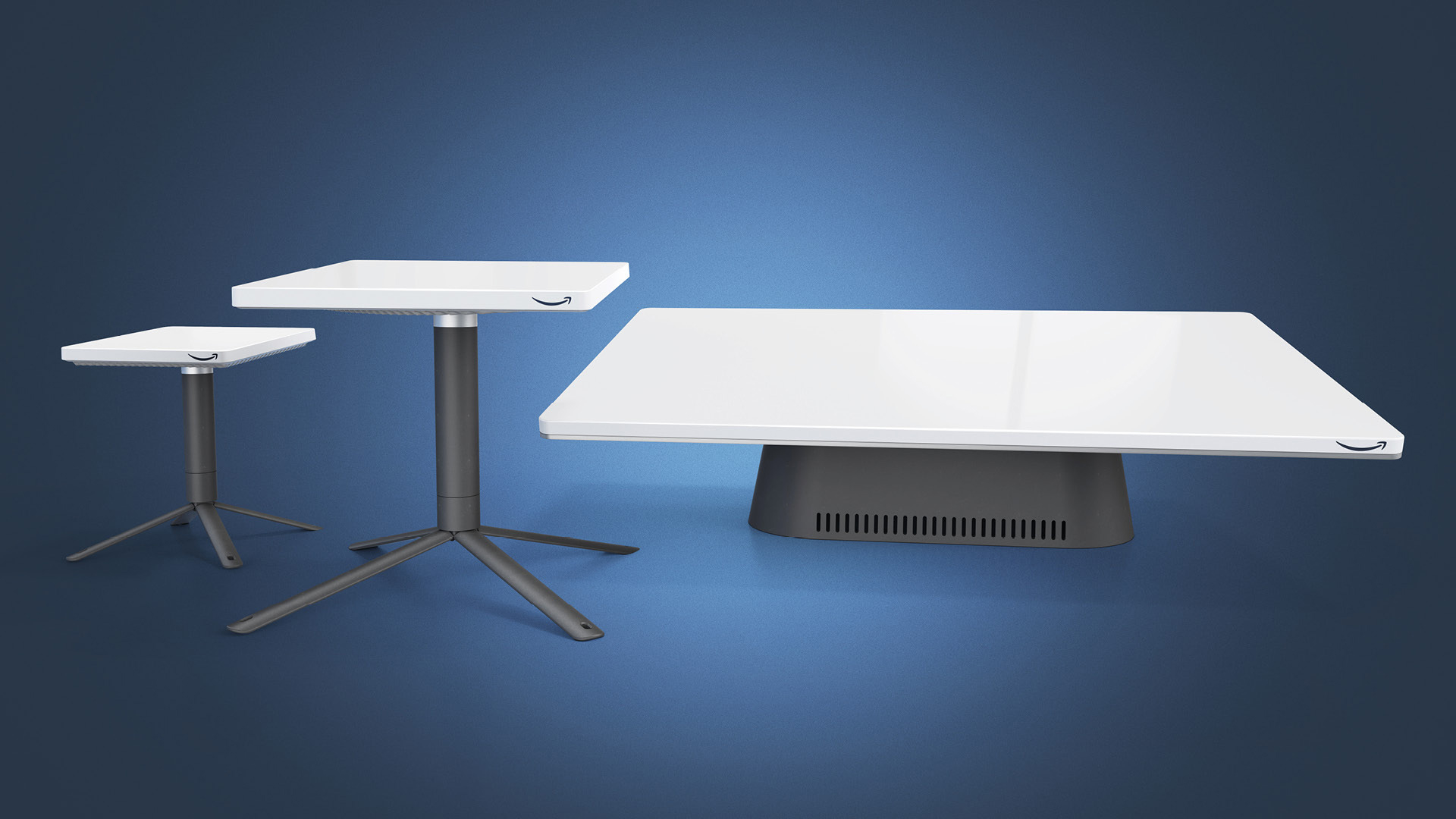
Amazon says the broad aim of Project Kuiper is to "provide fast, affordable broadband to communities around the world that are currently unserved by traditional internet and communications options". That includes the developing world but also regions of countries like the US and UK, where Amazon is hoping to take on Starlink by offering affordable broadband to rural areas.
During Project Kuiper's early days, you'll need to get one of three antennas or "terminals" (above) to connect to Amazon's low-earth orbit satellites. The smallest model will apparently provide speeds of "up to 100Mbps", with the middle option going "up to 400Mbps". The largest one is designed for businesses and government, and will deliver "up to 1Gbps".
Those "up to" qualifiers are obviously important and we'll have to wait until later this year to get an idea of real-world speeds. Our Starlink review, for example, found that it gave us 71Mbps download speeds (and 15Mbps uploads), which did indeed fit into the promised range of 25-100Mbps.
Amazon hasn't yet announced pricing for Project Kuiper, so far only promising that "affordability is a key principle of Project Kuiper" and compared its pricing strategy to that of its Echo Dot and Fire TV Stick. Further down the line, we can expect Amazon to move towards a 'direct-to-device' service that connects its satellites to smartphones and tablets, but a launch for that hasn't yet been confirmed.
For now, Amazon is looking to get its first internet satellites into space – and all things being well, that'll be the case by the end of next week.


![How to Find Low-Competition Keywords with Semrush [Super Easy]](https://static.semrush.com/blog/uploads/media/73/62/7362f16fb9e460b6d58ccc09b4a048b6/how-to-find-low-competition-keywords-sm.png)

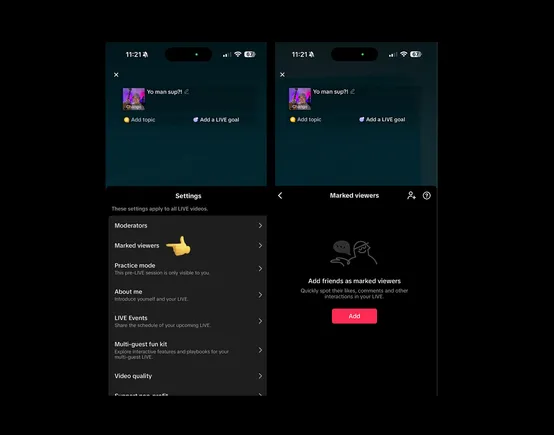
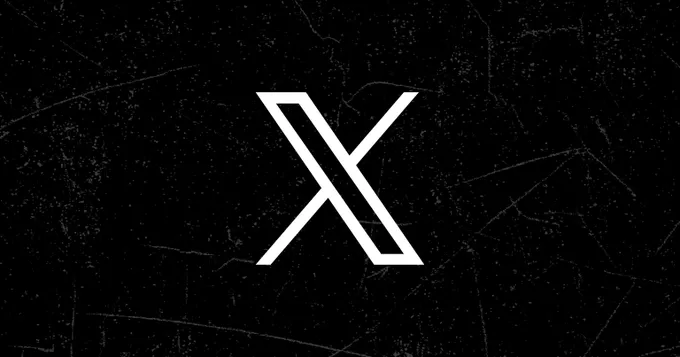
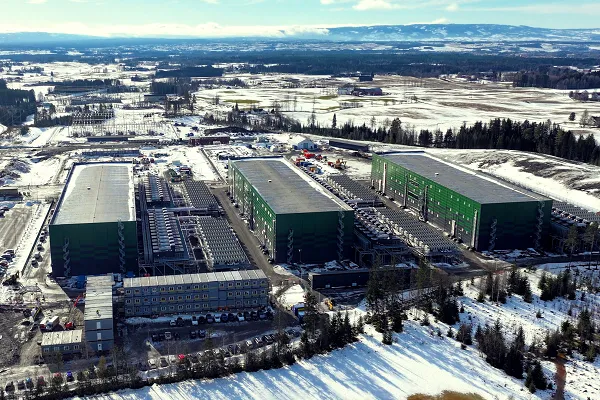


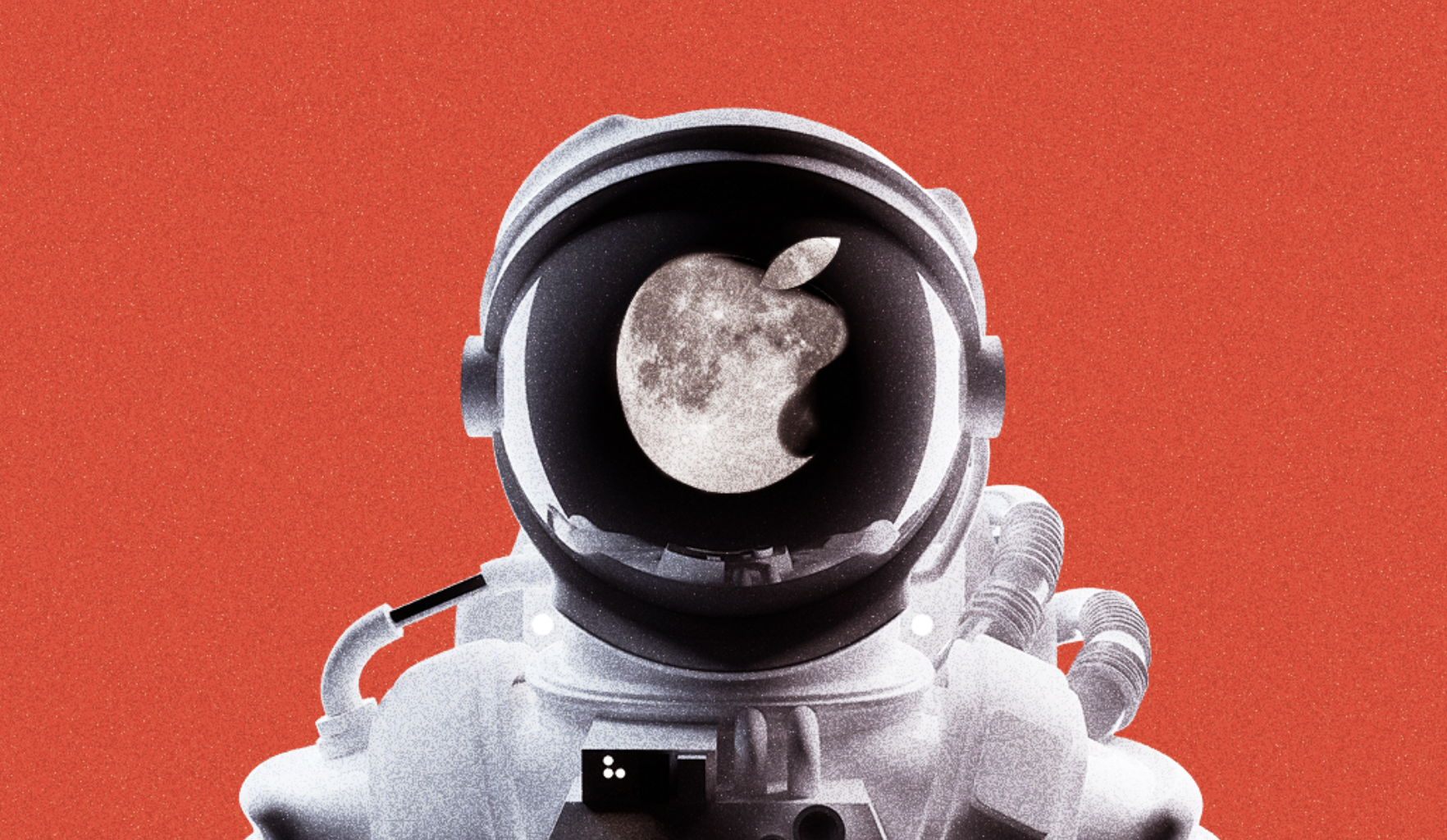























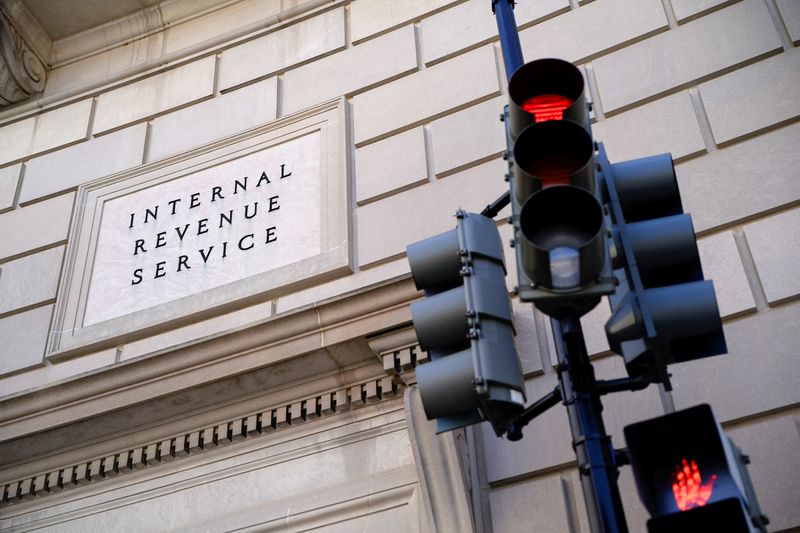











































































































































.jpg)
%20Abstract%20Background%20112024%20SOURCE%20Amazon.jpg)












